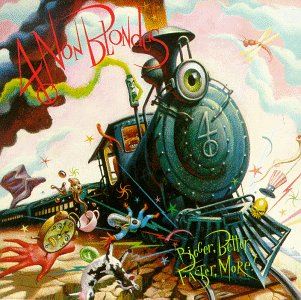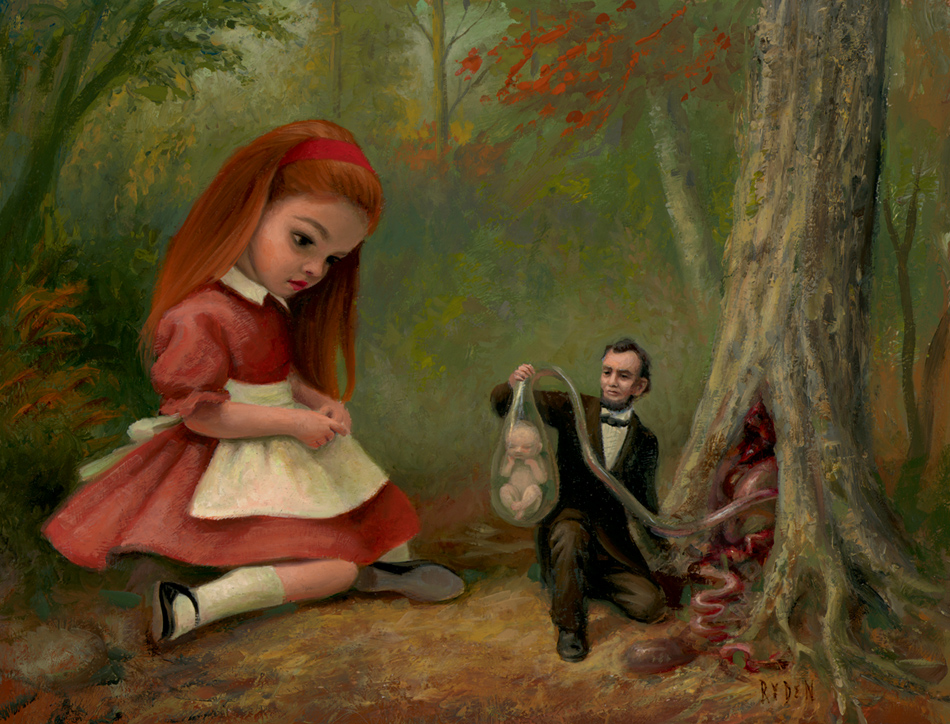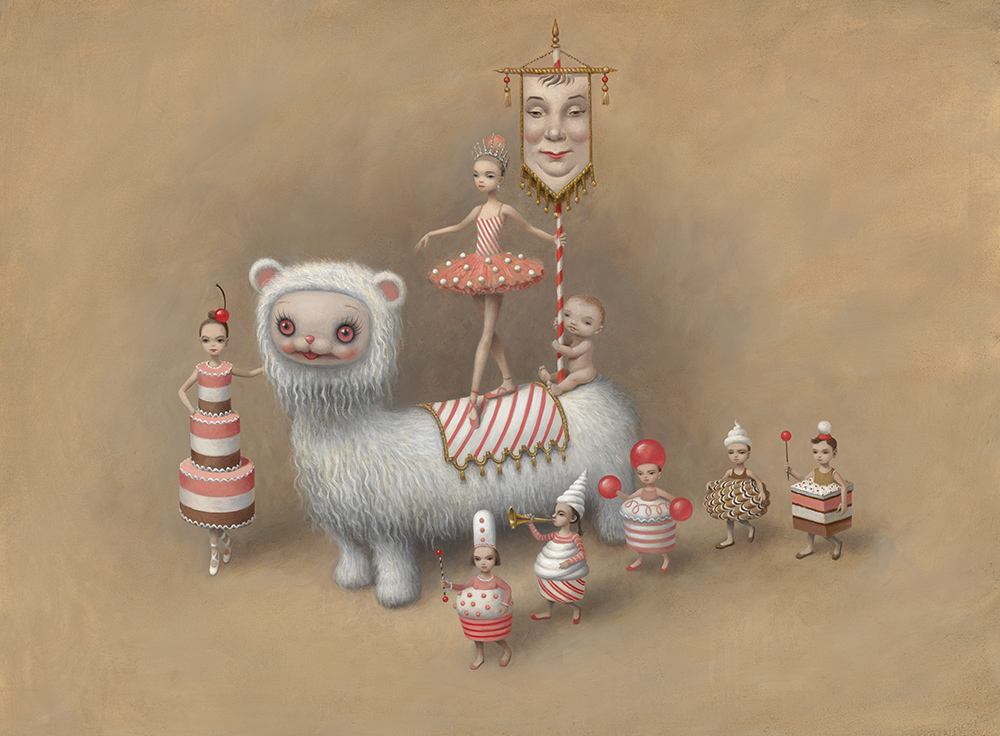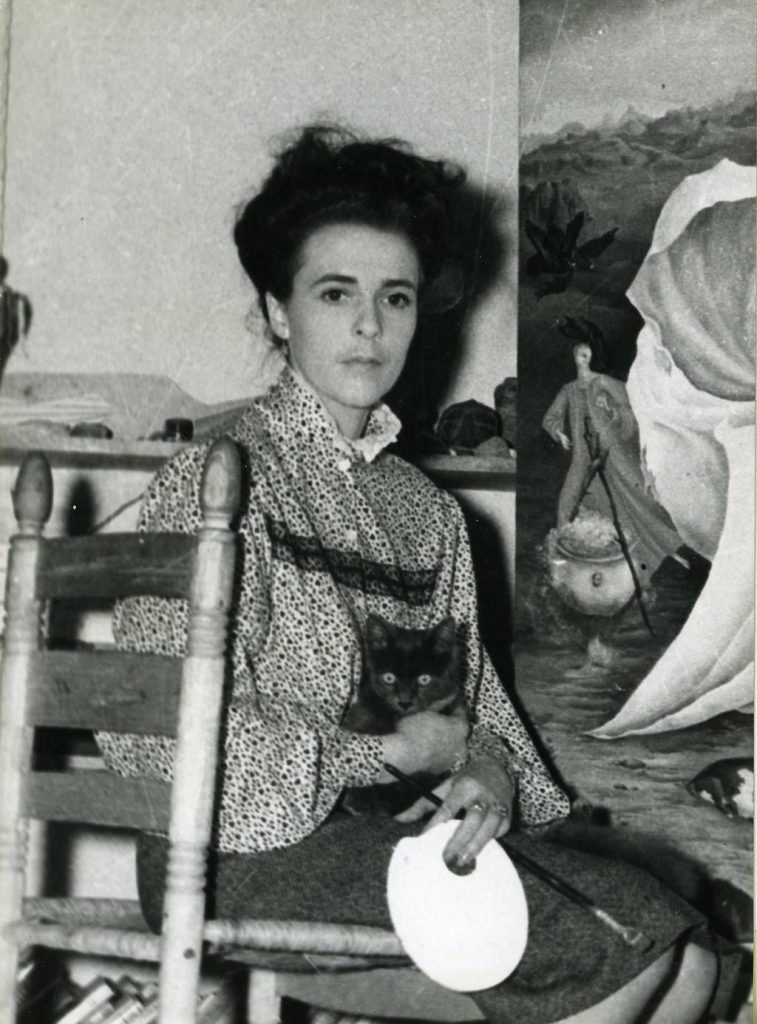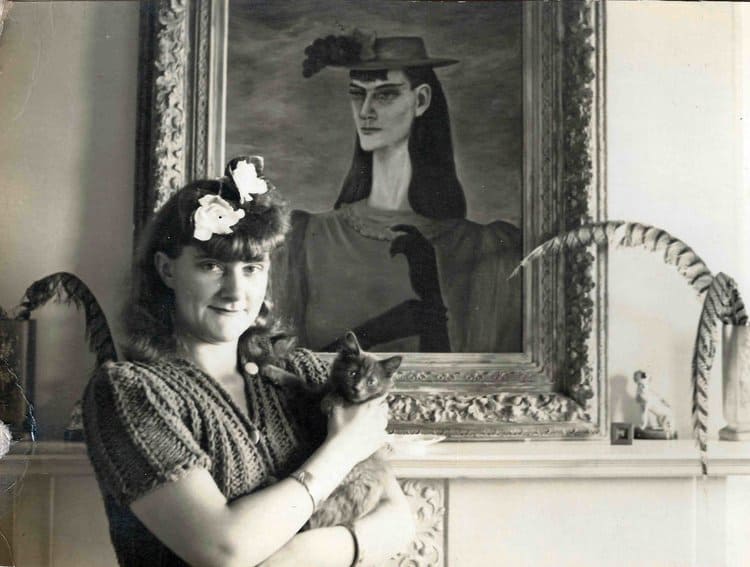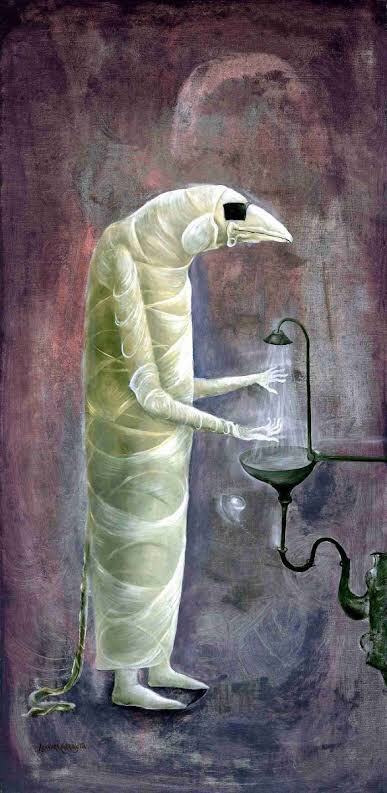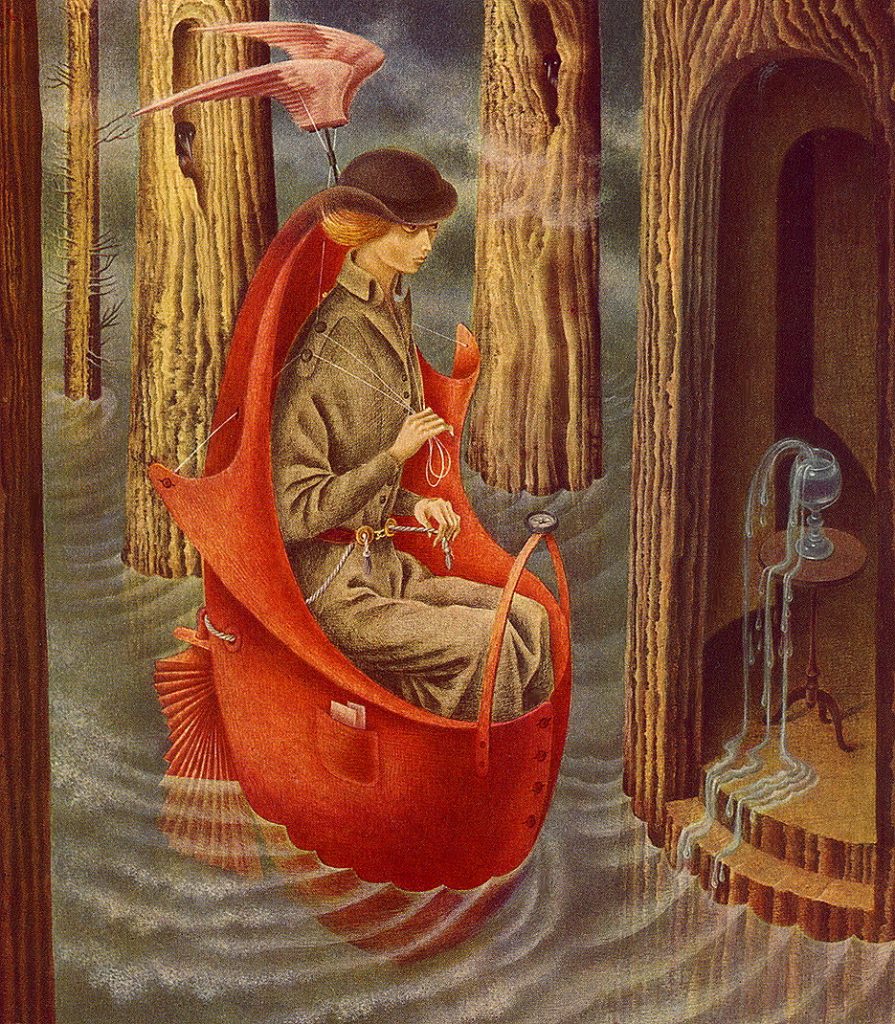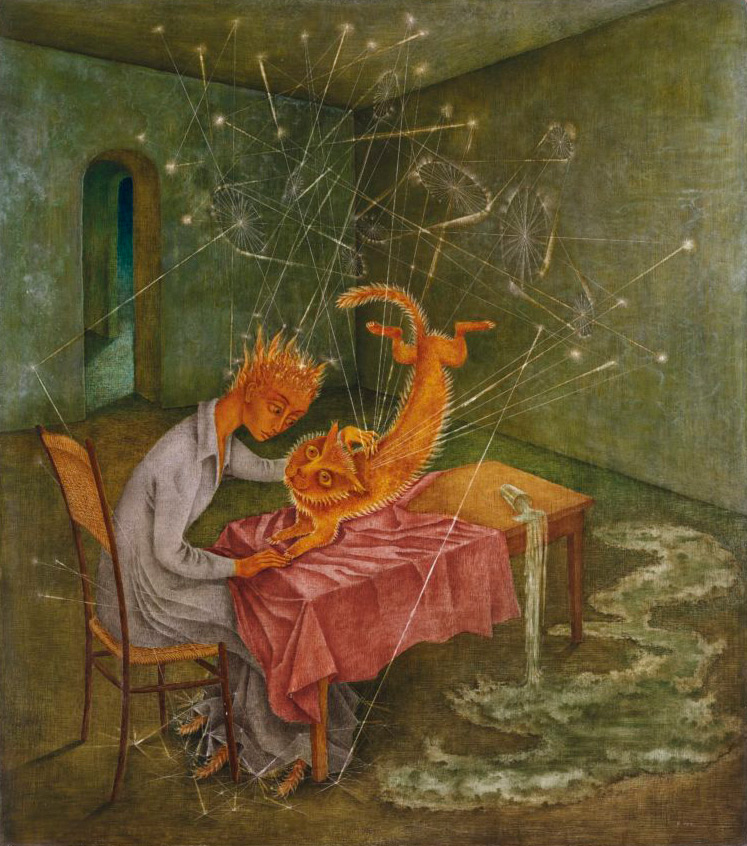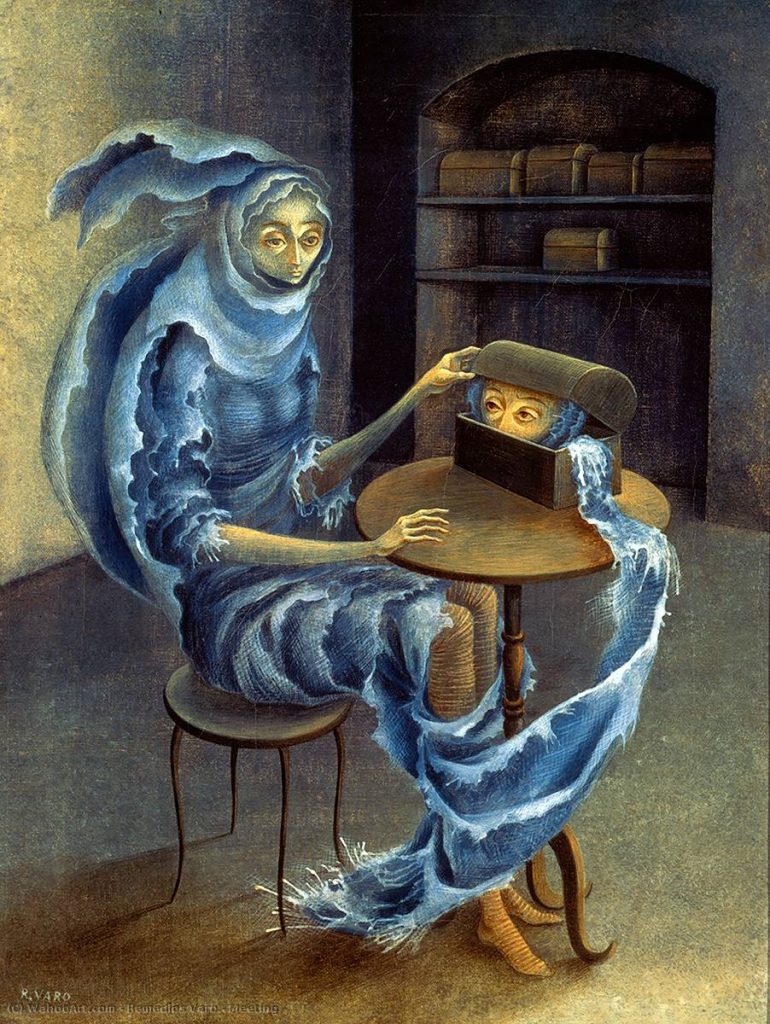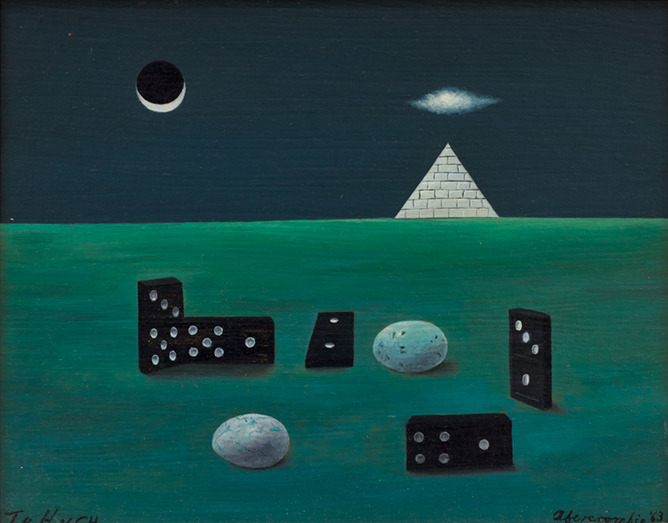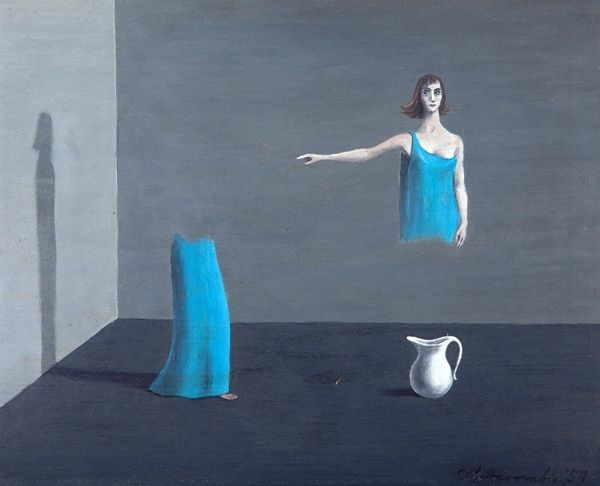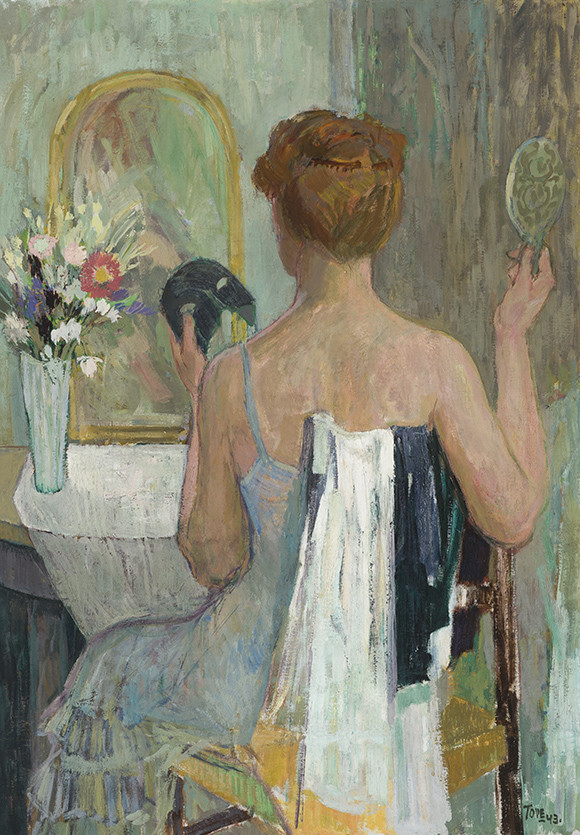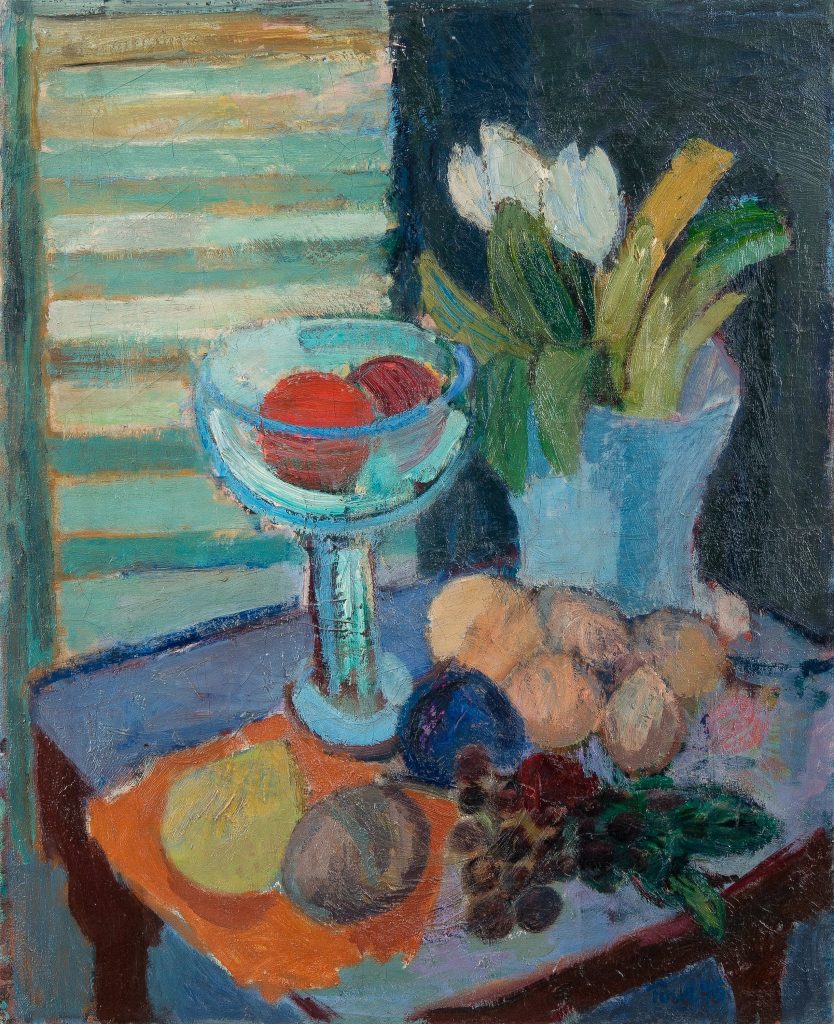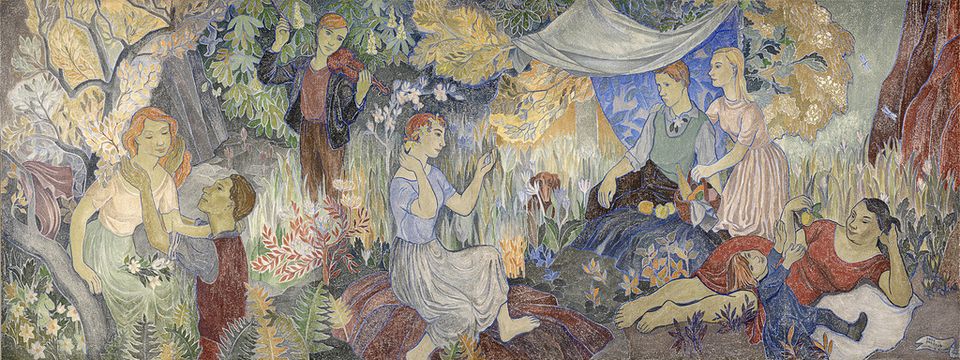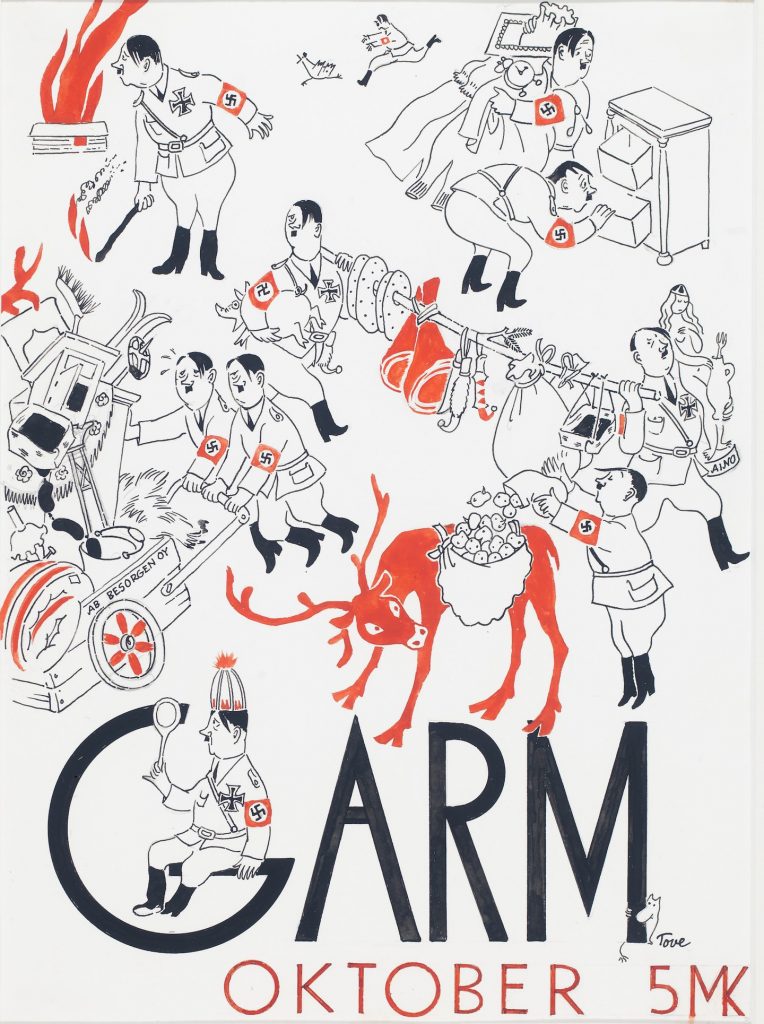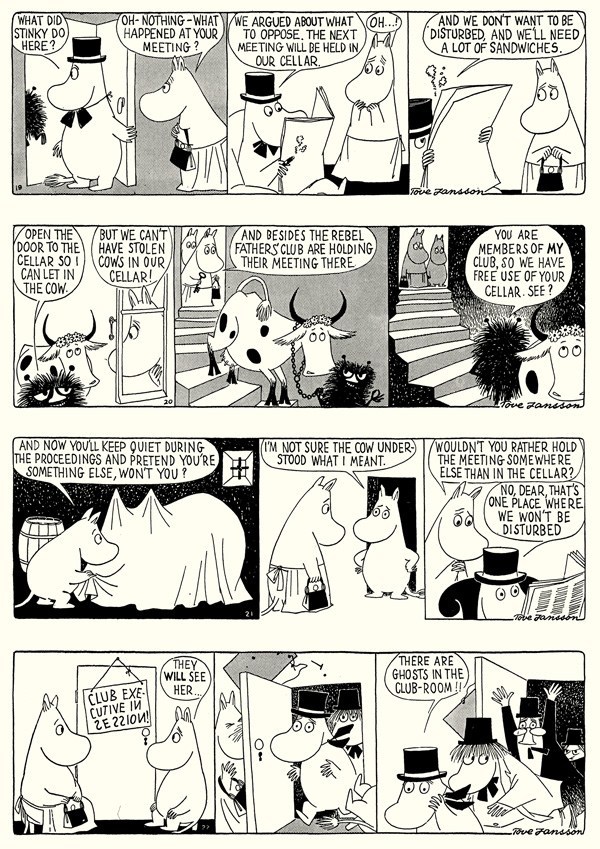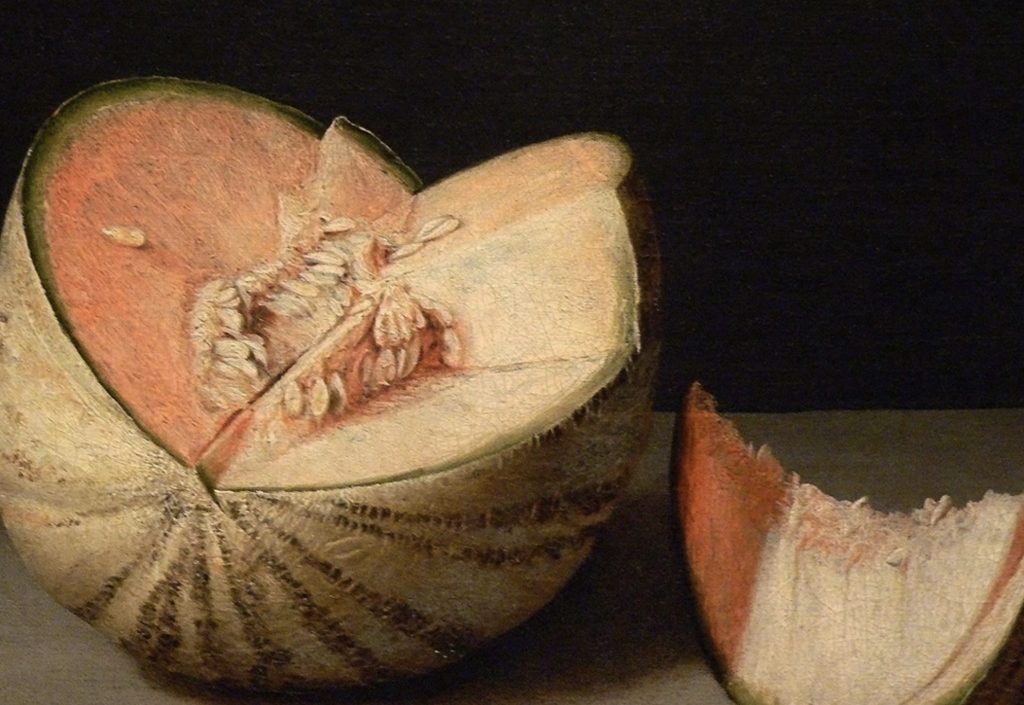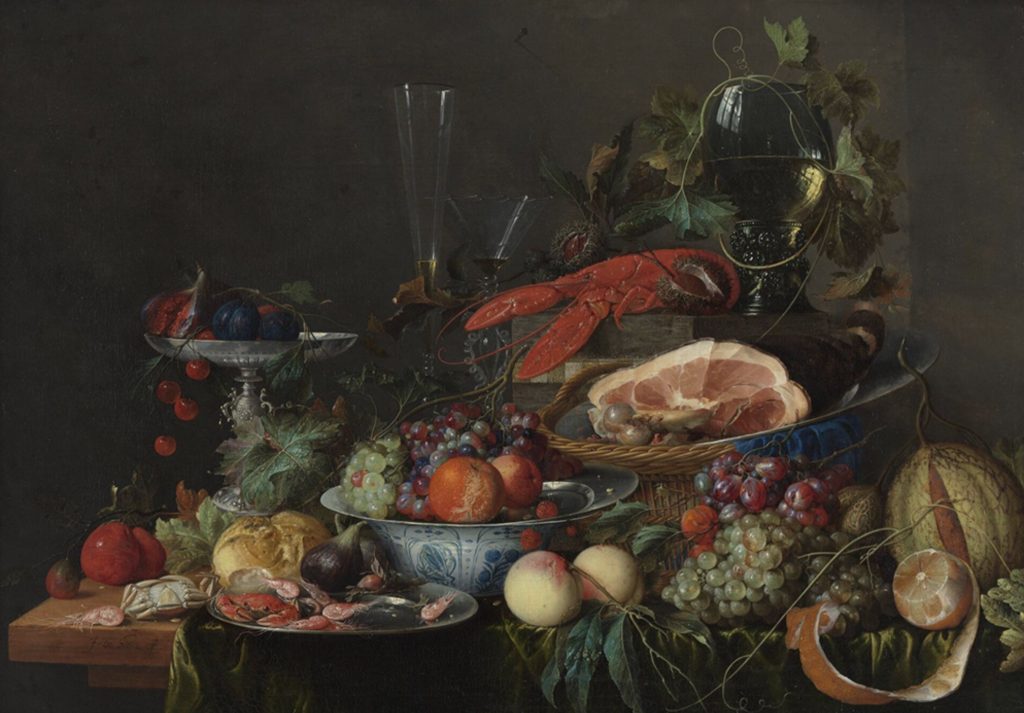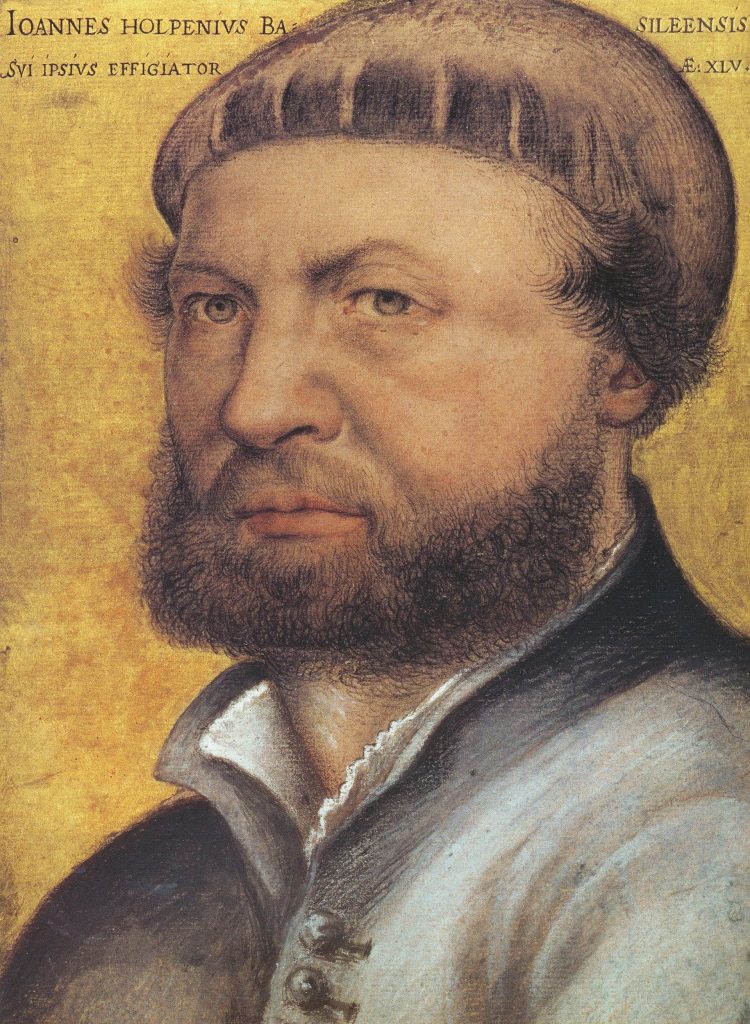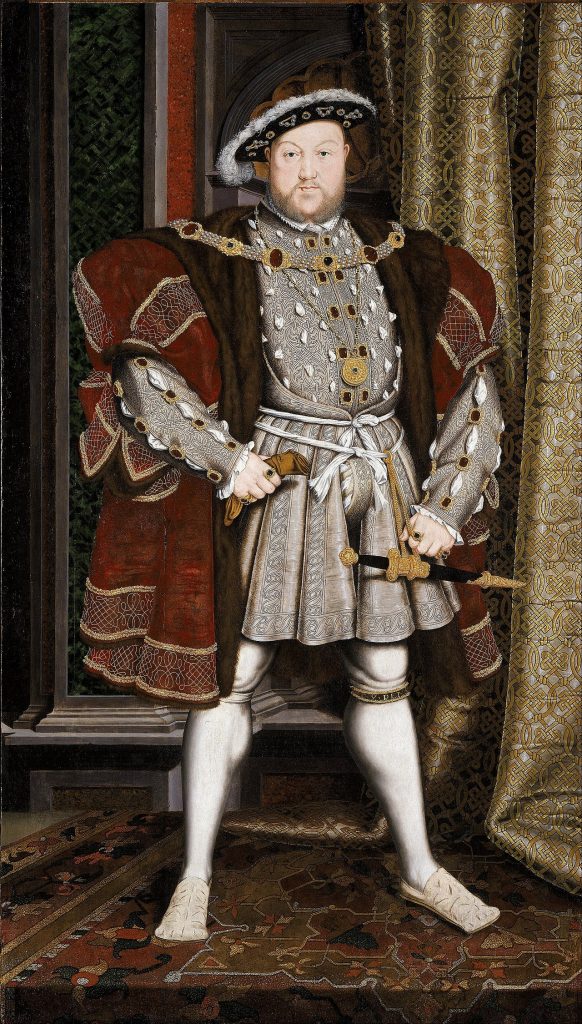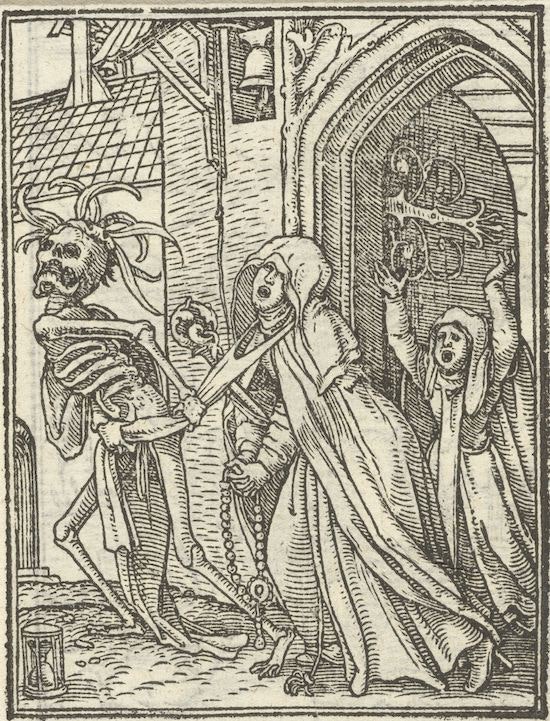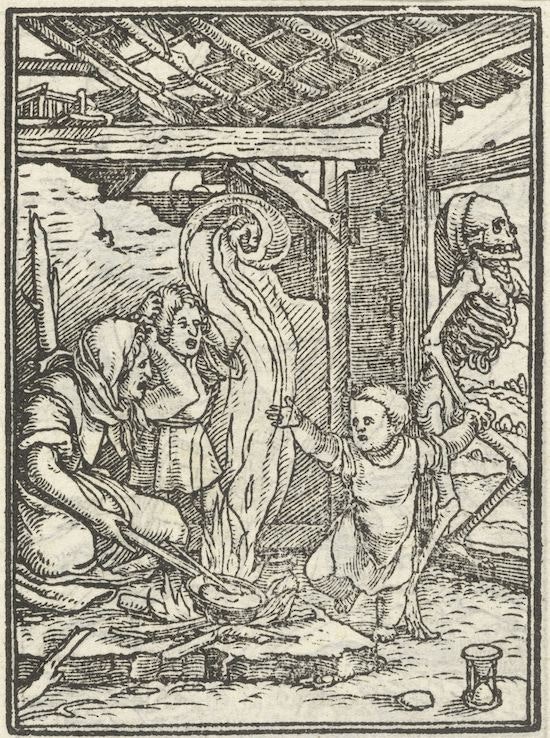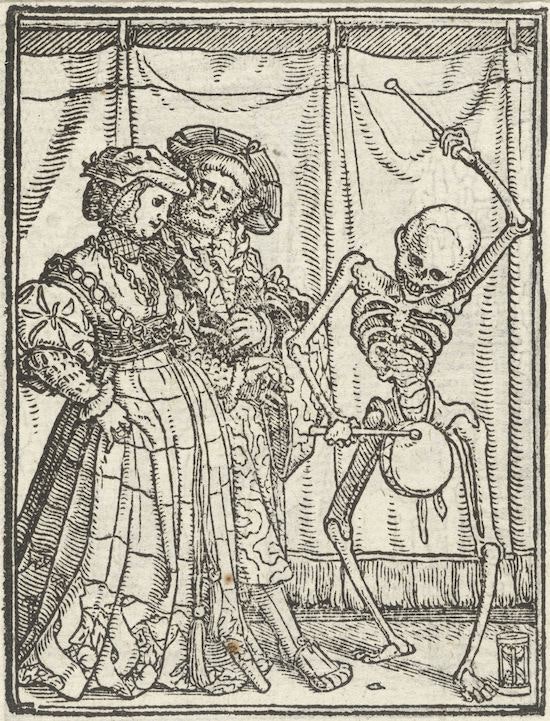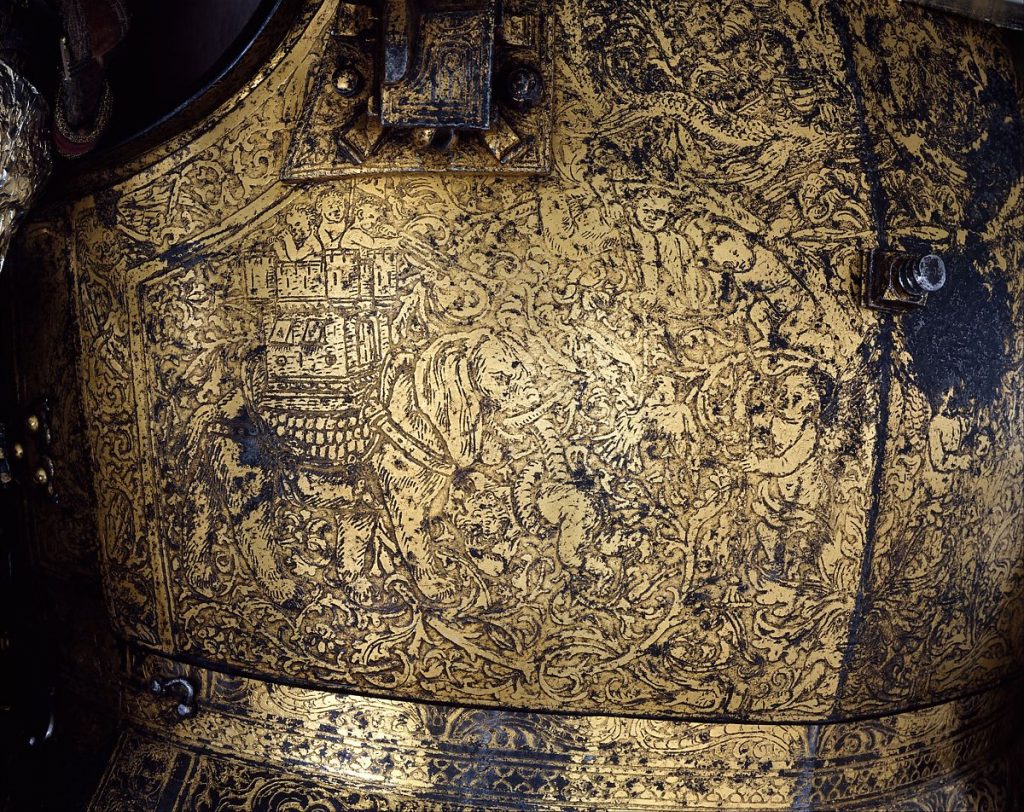
The underground visual art movement Lowbrow or Lowbrow Art developed in 1960s Los Angeles, CA. when authorized art institutions wouldn’t recognize the work of cartoonists like Robert Williams and Gary Panter. Williams took credit for creating the term “lowbrow art” in 1979 when he “decided to give [his] book the self-deprecating title The Lowbrow Art of Robt. Williams” in direct opposition of “highbrow” culture. Other terms to describe the movement include Cartoon-Tainted Abstract Realism and Pop Surrealism. The cultural influences of the lowbrow art movement are broad, and the table below only scratches the surface.
| Surrealism | Japanese Anime | Soft porn |
| Pop Art | Tiki and surf cultures | Hot rod culture |
| Underground comix | Graffiti | Pulp art |
| Punk music | Classic cartoons | “B” horror movies |
One of the biggest names to emerge from the Lowbrow movement is Mark Ryden. Although he’s influenced by the things mentioned above, he also looks to French Neoclassicist painters, Little Golden Books, and any items that evoke mystery. Ryden worked as a commercial artist from 1988 to 1998 and designed album covers for a lengthy list of prominent artists, including Red Hot Chili Peppers, Michael Jackson, 4 Non Blondes, and Aerosmith, as well as two book covers for horror novelist Stephen King.
Since leaving commercial art, Ryden has built his career on exhibitions and major projects. His 1998 solo debut show was titled The Meat Show and featured pieces that commented on the disconnect between our meat in the delis to the living creatures we carve it from. Some of Ryden’s other exhibitions include Wondertoonel (2004), The Tree Show (2007), The Snow Yak Show (2009), and The Gay 90’s: Old Tyme Art Show (2010). His most recent project (2017) came in the form of a two-act ballet titled Whipped Cream; a story about a young boy who overindulges at a Vienna pastry shop and falls into a surreal delirium. His pieces generally focus in on youthful, grotesquely proportioned girls with cryptic undertones, blurring the line between nostalgic and disturbing. Mark Ryden married fellow lowbrow artist Marion Peck in 2009, and they have consequently been lovingly named “King and Queen of Pop Surrealism” and one of the ten most important couples in Los Angeles.
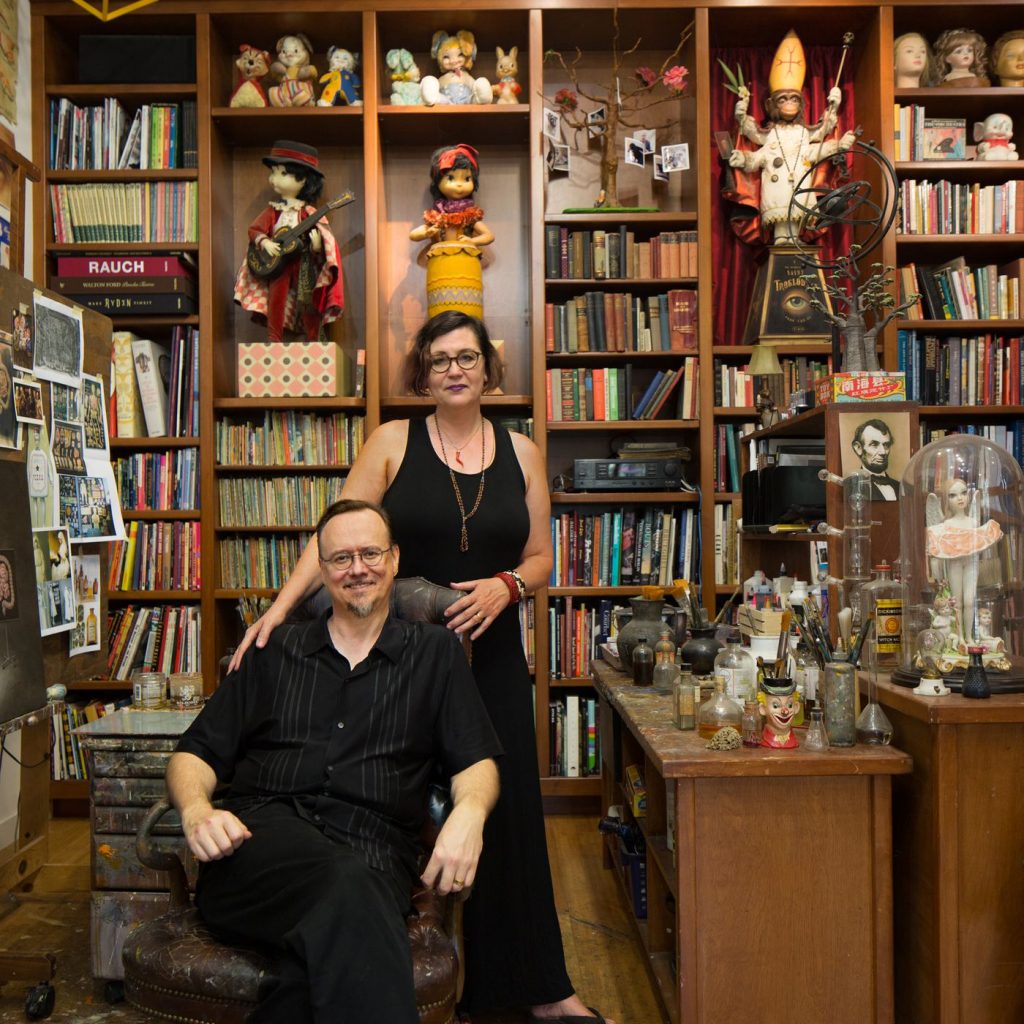
Information Citations:
https://en.wikipedia.org/wiki/Lowbrow_(art_movement)
https://en.wikipedia.org/wiki/Mark_Ryden
Image Citations:
https://artforum.com/uploads/upload.002/id15528/article03_1064x.jpg
https://upload.wikimedia.org/wikipedia/en/a/ae/Aerosmith_Elevator.jpg
https://www.slantmagazine.com/wp-content/uploads/2016/11/music_dangerous.jpg
https://upload.wikimedia.org/wikipedia/en/9/9a/4_Non_Blondes_-_Bigger%2C_Better%2C_Faster%2C_More%21.jpg
https://www.markryden.com



